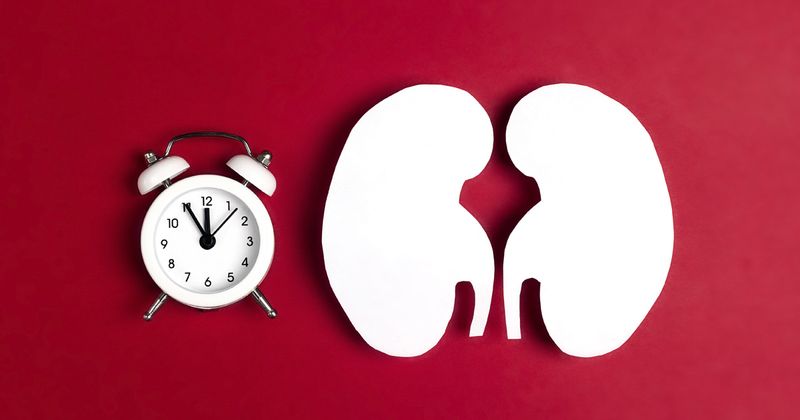Researchers identify metrics that may improve how transplant centers evaluate donors
Researchers from Canada have identified a set of quality indicators that, they contend, could help improve the processes used by transplant centers in the evaluation of living kidney donors.
“To our knowledge this study represents the first comprehensive approach to develop a set of quality indicators to measure the efficiency of the donor candidate evaluation,” Steven Habbous, PhD, of Western University in Ontario, and colleagues wrote. “One strength of this study is the way individuals with lived experience were incorporated into the research team from the outset. Patients have rarely been featured in the development of quality indicators in transplantation.”

To develop a “consensus-based approach” that might impact how centers evaluate donors, researchers surveyed 77 participants, including kidney transplant recipients or recipient candidates, living kidney donors or donor candidates, health care providers and health care administrators. The surveys examined potentially useful indicators to measure the quality of both the evaluation process itself (defined as how health care is delivered) and the associated outcomes.
“Process indicators should have a meaningful link to outcomes of interest, and outcomes should be responsive to changes in a process,” the researchers elaborated. “For example, a shorter donor candidate evaluation time (a process indicator) could result in fewer recipients starting dialysis during the course of their donors’ evaluation and more living donor transplants.”
Through the online survey responses, along with in-person meetings with 10 of the participants, Habbous and colleagues identified 16 process indicators (eg, average time to evaluate a donor candidate), eight outcome indicators (eg, annual number of preemptive living kidney donor transplants) and two measures they suggested could be useful in both areas (eg, average number of times a candidate visits the transplant center for their evaluation).
“We were hoping to achieve a set of meaningful and impactful metrics that can be used to drive health system improvement,” Habbous said in a related press release. “Because of the dedication and engagement of people involved with living donation, we were able to identify a diverse set of quality indicators that spans multiple domains. These metrics can be used to compare the performance of transplant centers. Reasons for lower performance can be identified and targeted for quality improvement.”
In an accompanying patient-voice, Karol Franks, a mother of a transplant recipient, argued that the study confirms the transplant process can become both more efficient and easier to navigate.
Franks noted that when her family was seeking a living donor kidney for their daughter, they frequently switched centers and hospitals due to “delays and inconsistencies” in the process.
“I hope someday there will be standardized criteria throughout the nation, as each center could be monitored and compared to improve the quality of their processes,” she wrote. “Where one center disqualifies a donor, another may accept them. Some centers take weeks or months to finish evaluations, while others take many more months, or even years ... Efficient evaluations result in engaged donor candidates and more transplants.”
Further, Franks stressed the importance of communication and follow-up after the procedure, contending that living donors “do not want to feel discarded after they donate a kidney.”
“We want the donor to know they are valued, celebrated and not forgotten,” she wrote. “Additionally, the donor who receives good care from beginning to end will be a great advocate for living donation, by sharing their experience online, speaking at a hospital event or to an organ procurement organization carrying a positive message to their community.”

